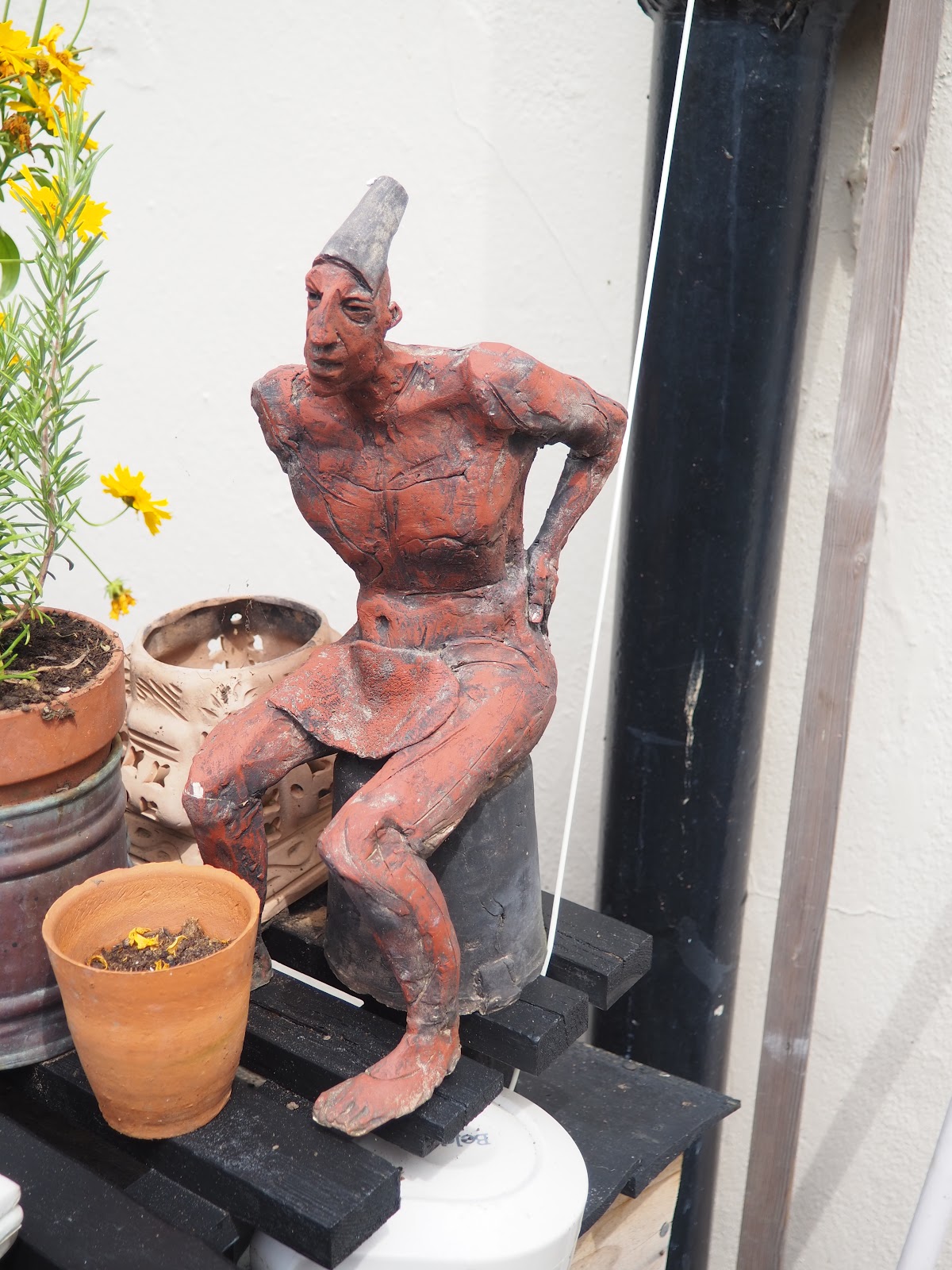I was taught (actually the word used was ‘supervised’) at university by J.H. Prynne, where he was known universally as Jeremy, and I often used to see him walking across Caius Court where he had his study. In my memory I see him with a black gown flapping behind him but that may a distortion.
At other times, various Chinese men in Mao suits could also be seen walking through the court. The master of the college was Joseph Needham, a Sinologist among other things, and a "friend" of Mao, with all the difficulties and contradictions that implies. Here are Needham and Mao.
Prynne was a friend of Needham, and he’s spent a fair amount of time in China, and in his interview with the Paris Review he professes himself to be a fan of Mao’s 1937 essay ‘On Contradiction.’ Sample sentence, "But the struggle of opposites is ceaseless, it goes on both when the opposites are coexisting and when they are transforming themselves into each other, and becomes especially conspicuous when they are transforming themselves into one another."
Also to be seen in the college, not walking but being pushed (as I remember it, though I could be wrong about that too and the chair may already have been motorized), was a poor afflicted soul in a wheelchair, and people would say, ‘That’s the most brilliant man in England.’ At the time we were inclined to be skeptical but it was, of course, Stephen Hawking.
These things come to mind, obliquely, because I’ve been reading an essay by Bill Symes titled “Subject/object Amphiboly in (mostly) English Poetry from Gray to Prynne.” On the off chance that you’re not familiar with the term amphiboly, I can tell you it may be defined as “verbal ambiguity, especially from uncertainty of the grammatical construction.” Wikipedia offers an example from Ray Davies. “I'm glad I'm a man, and so is Lola.”
I don’t read a lot of academic essays about poetry but this seems a pretty good one, jumping off from Empson’s Seven Types of Ambiguity but it also references poetry and poets I’m actually familiar with, some of them who mention walking.
There’s a reference to Gary Snyder’s poem “A Walk” – discussed elsewhere in this blog, and also to Frank O’Hara – who I know best as the author of Standing Still and Walking in New York.
The O’Hara poem is “The Day Lady Died” from Lunch Poems.
I walk up the muggy street beginning to sun
and have a hamburger and a malted and buy
an ugly NEW WORLD WRITING to see what the poets
in Ghana are doing these days
This is the kind of poem that makes me think I understand and love poetry but then we come to Prynne, whose work I love without ever claiming to understand, specifically his poem “A Gold Ring Called Reluctance,” from Kitchen Poems, the first work of his I ever read or bought. To before fair this is probably Prynne for beginners, and I love the opening:
As you drag your feet or simply being
Tired, the ground is suddenly interesting;
Not as metaphysic but the grave maybe
That area which claims its place like
A shoe.
After that it gets trickier. Here is a shoe on the ground – I think it may have something to do with what I think Prynne might have had it mind.
And here is my one piece of Prynne-iana, a typed thank you note. He didn’t just dole out signatures in those days, at least not to the likes of me.














































